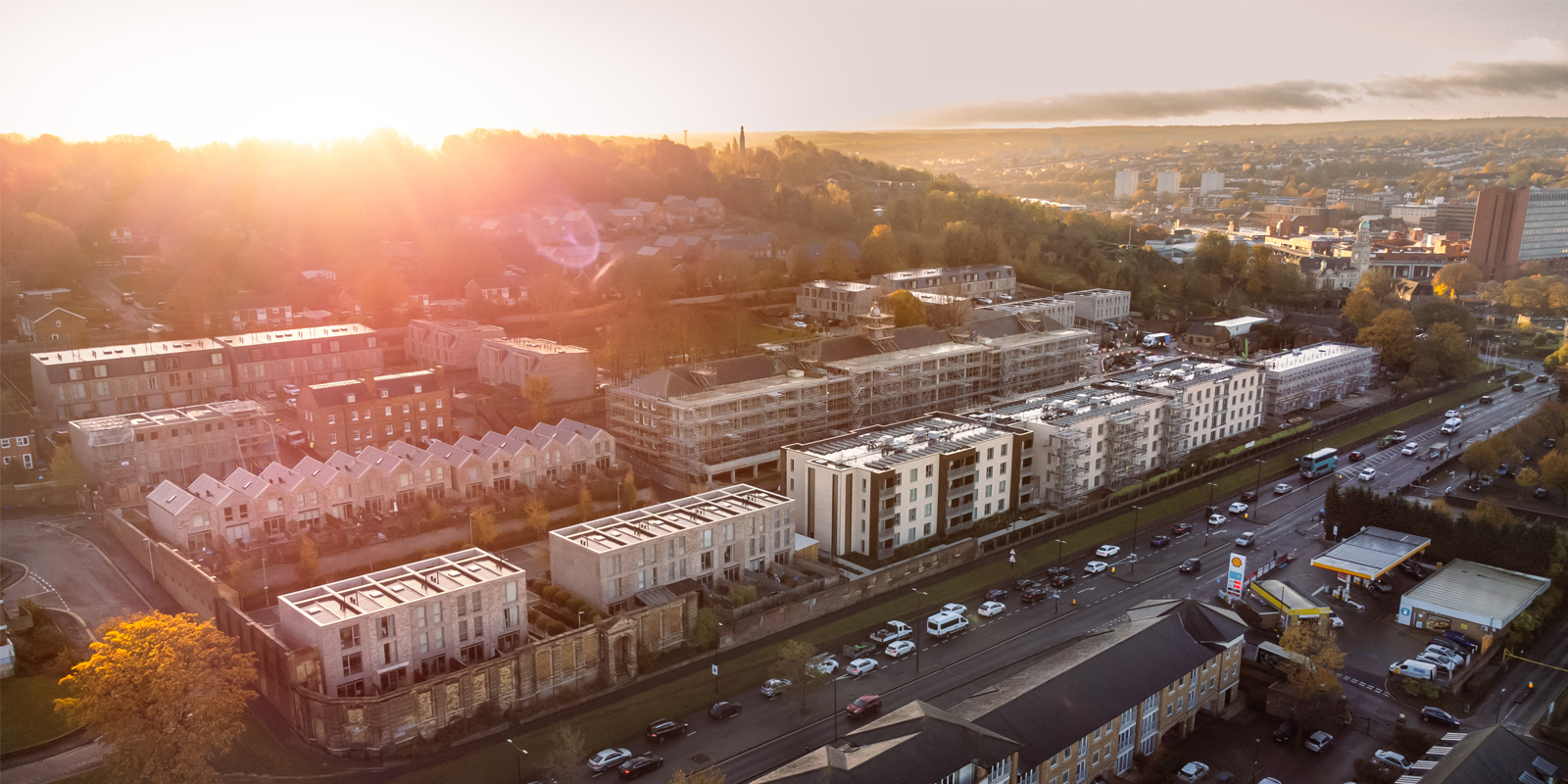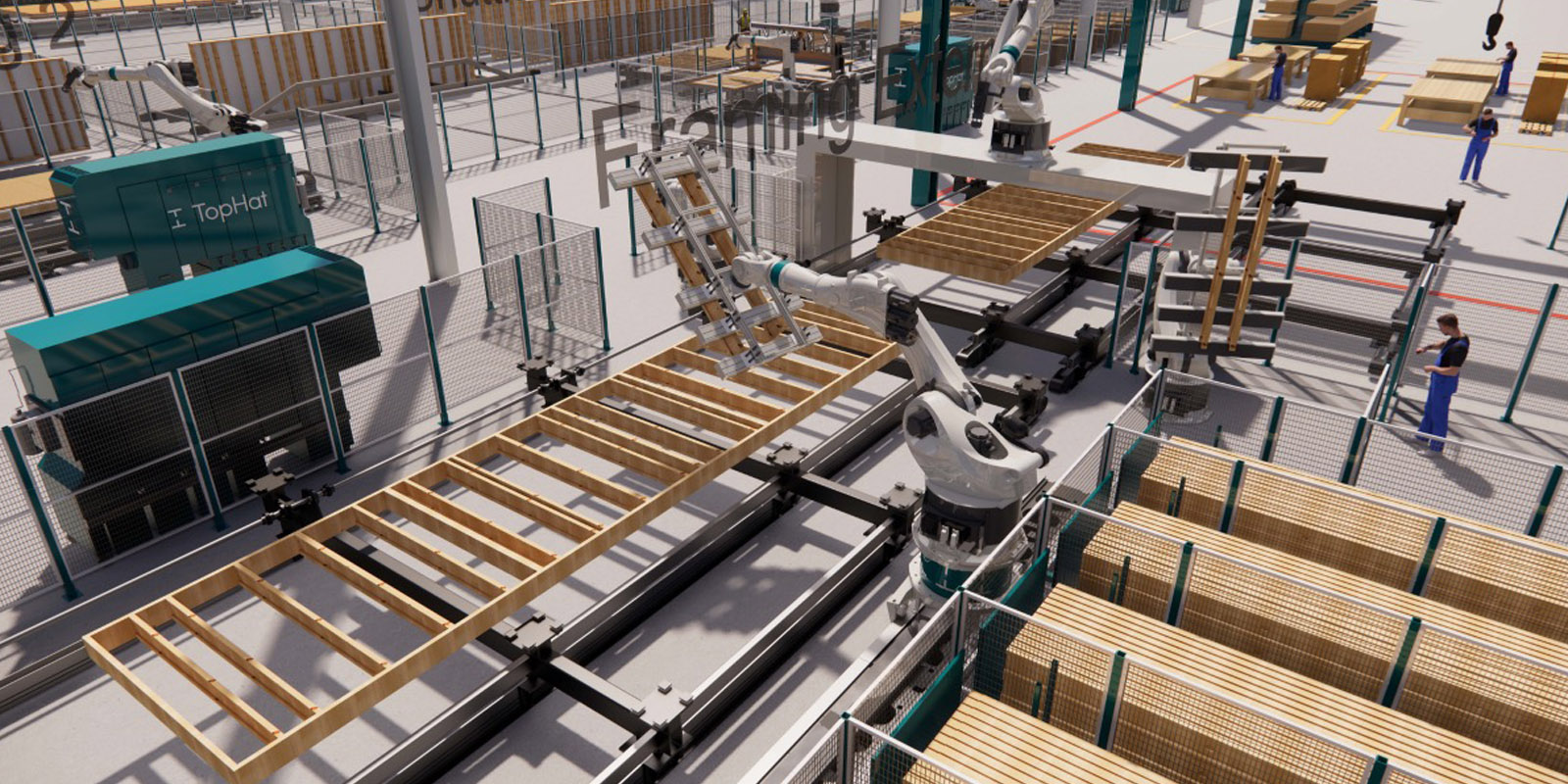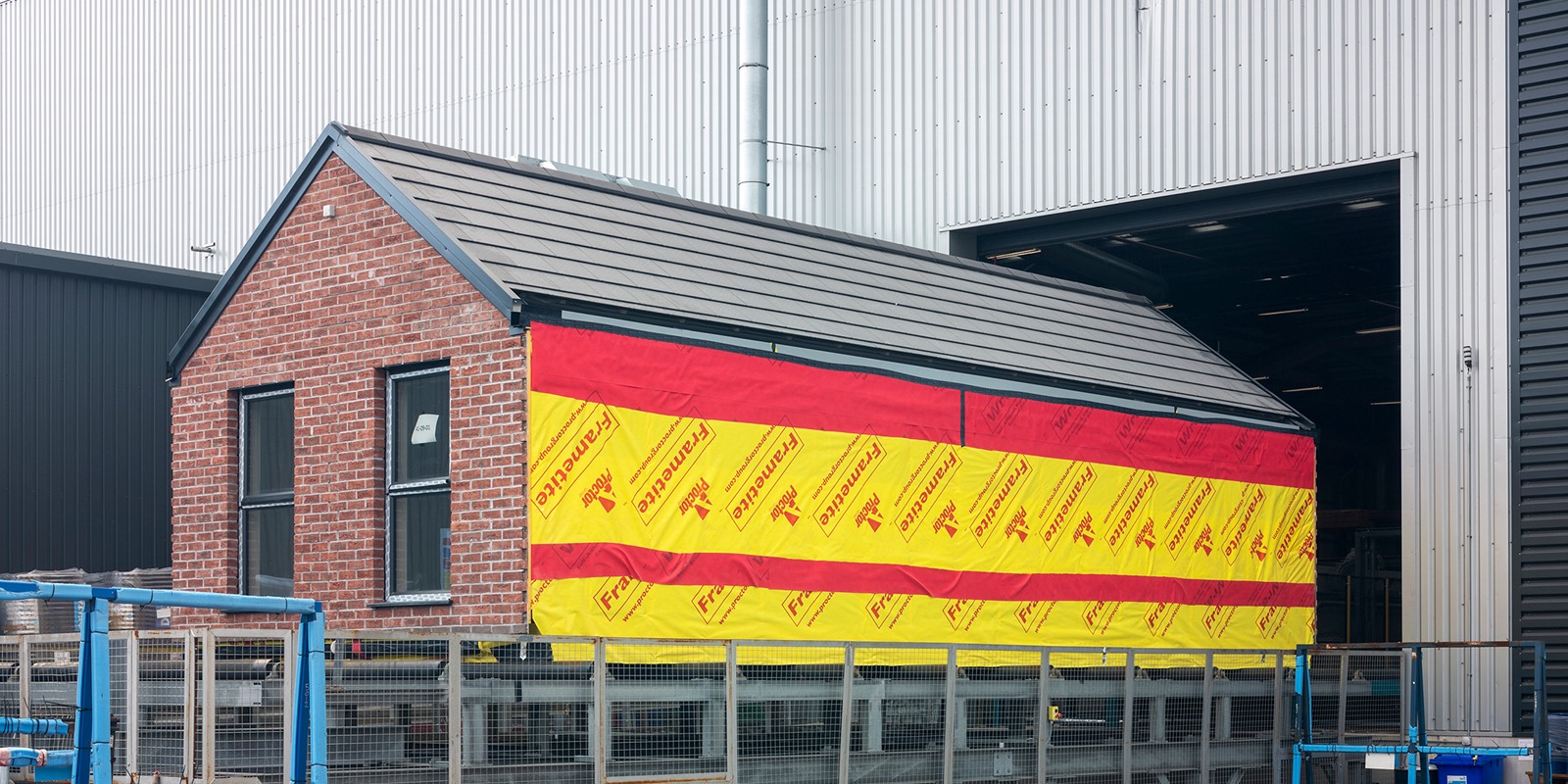
Company news
Last week the government announced that 14 councils have been selected to take part in a six-month pilot of the National Model Design Code for housing published at the beginning of the year.
The pilot, which will be modelled on the recommendations made by the Building Better, Building Beautiful Commission, underscores the government’s drive to put placemaking at the forefront of the development agenda. As a means of setting higher design expectations on housebuilders, the National Model Design Code covers a broad range of policies relating to building features, such as height, density and materials palettes, as well as the quality of public space.
New design standards for buildings have arrived at the right time, particularly in light of the COVID-19 pandemic that, due to more people spending time locally, has underscored the vital importance of spacious and attractive housing.
The relationship between the aesthetics of a building and our mental health has long been discussed, so much so that in 2016 a think tank, The Centre for Urban Design and Mental Health, was set up specifically to evaluate the connection between the way we design our towns and cities and their impact on wellbeing. The data overwhelmingly proves that the two are inextricably linked.
Any policy that encourages design quality is then gladly received, but may present issues if it detracts from the wider issues at hand – that of the pressing housing shortage and climate crisis.
The pandemic has highlighted the importance of a well-designed home, but simultaneously lockdowns have led to a decrease in the growth of housing stock. As we now make up for lost time, a question that may well be asked is if it’s possible to quickly produce homes that also conform to national design codes.
Historically when homes have been built in times of crisis, not many can claim to be beautiful, or at all sensitive to local vernaculars. Indeed, negative connotations attached to post-war prefabs still partly influence public sentiment to modern day factory-built housing.
However, technological advances means that the modern day MMC sector is worlds apart from this.
If a key concern is how quickly and efficiently homes can be created in order to meet housing shortage targets, and still meet beauty standards, modular housing can be one way forward.
The key to success with new builds is technology, in particular tools that allow the design of the utopian home to manifest multiple times, enabling the roll out of visually pleasing homes in a short space of time. As with traditional builds, homes can be designed to the highest standard by architects, but rather than having to wait years for a single project to unfold, the design can be produced again and again.
This is not to say the design has to be the same for all homes created, and at TopHat we are particularly passionate about not having ‘cookie cutter’ duplicate homes up and down the country, but instead allowing each settlement to embody a unique design that is sensitive to the existing community or history of a place.
We work with our own in-house, patented technology that enables the replication of local materials, meaning we can 3D print bricks that suit the local vernacular. This enables us to use the newest and highest quality materials to build, without compromising on beauty.
We also understand that beauty is subjective, and while we put trust in local councils to come up with the most democratic aesthetic codes that we can build to, we fundamentally believe in giving the user control of design. Our homes can be customised externally and internally with a huge range of choices for fit-out and furnishing, allowing residents to truly make their home their own, while enabling councils to select the designs that most sensitively integrate them into their surroundings.
At TopHat we welcome the funding into new design codes, and strongly believe our innovative technology allied with our focus on high quality design will allow us to build to the standards outlined.

Company news

Company news

Company news